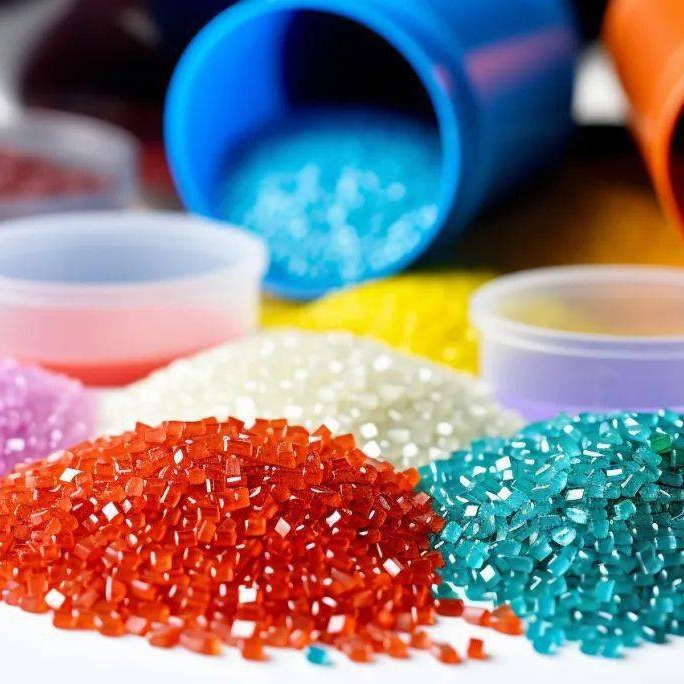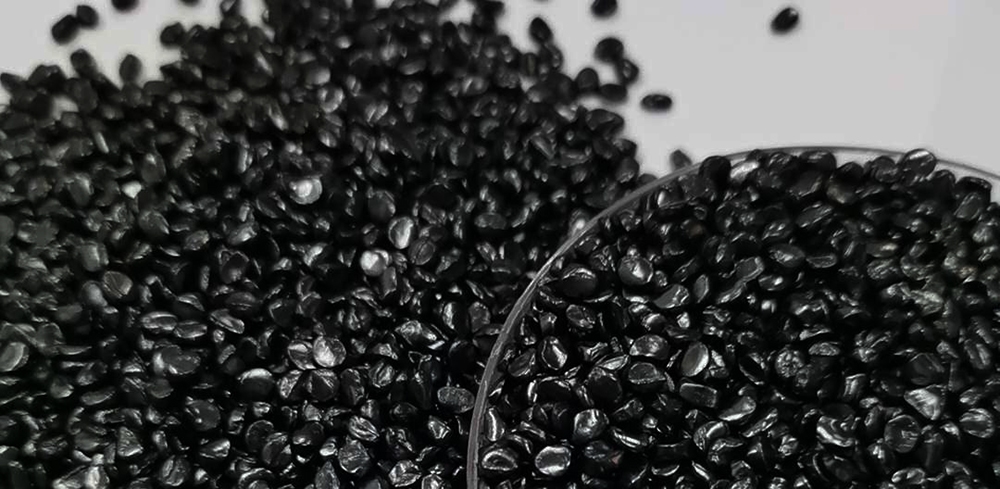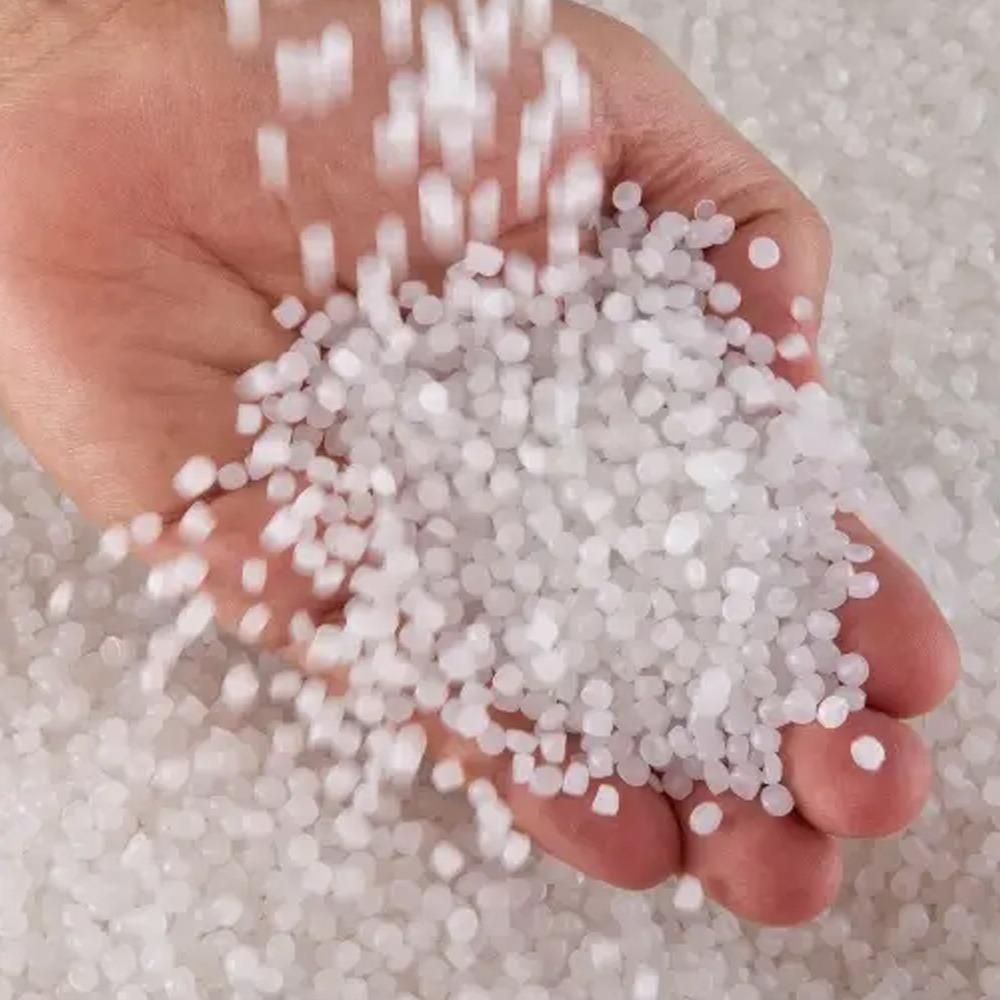
PET Masterbatch: Kunci Produk Plastik Berkualitas Tinggi
Masterbatch PET merupakan bahan tambahan penting dalam industri plastik, khususnya untuk meningkatkan sifat produk polietilena tereftalat (PET). Artikel ini membahas pentingnya masterbatch PET, aplikasinya, dan bagaimana kontribusinya terhadap produksi barang plastik berkualitas tinggi.



